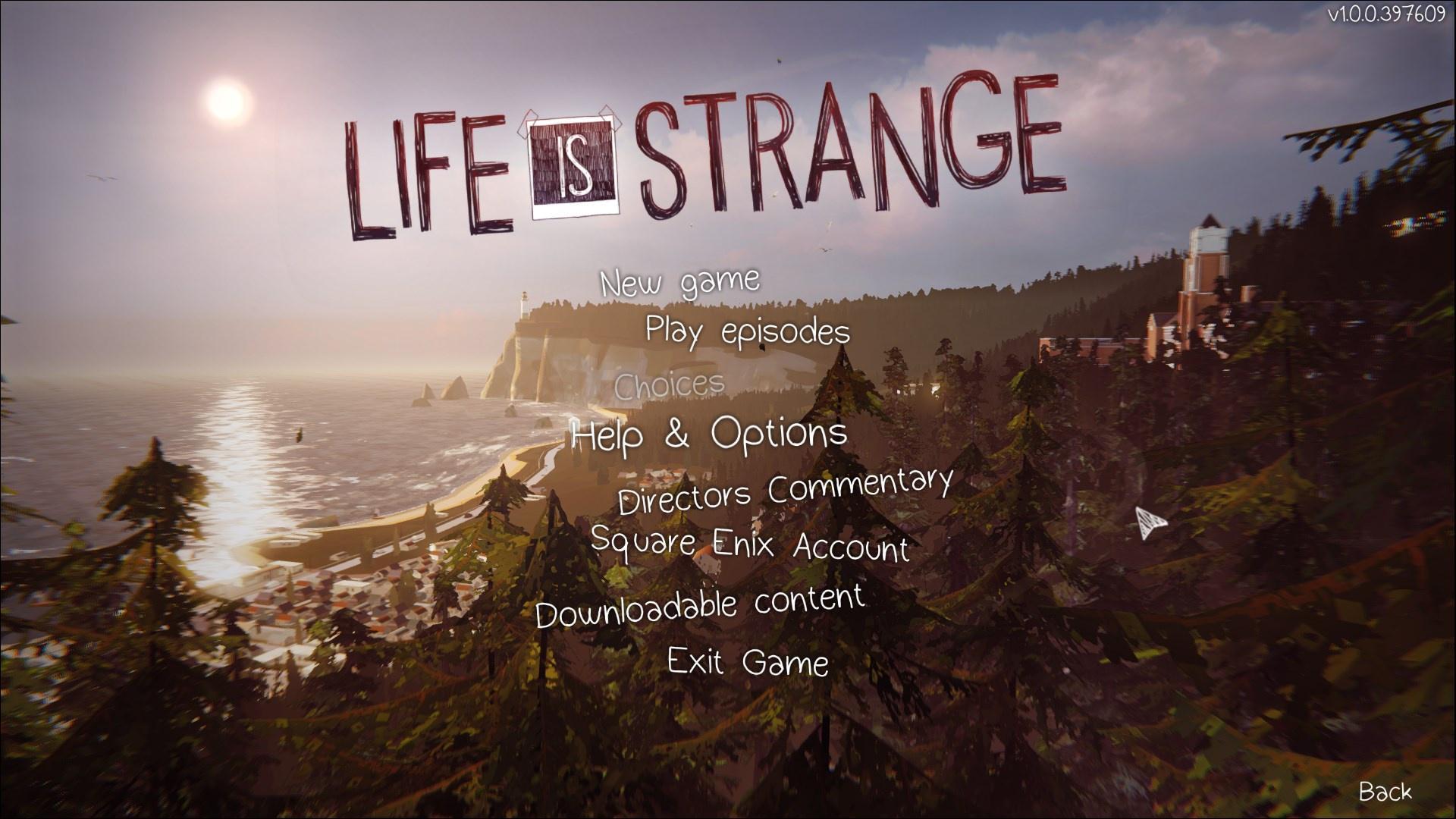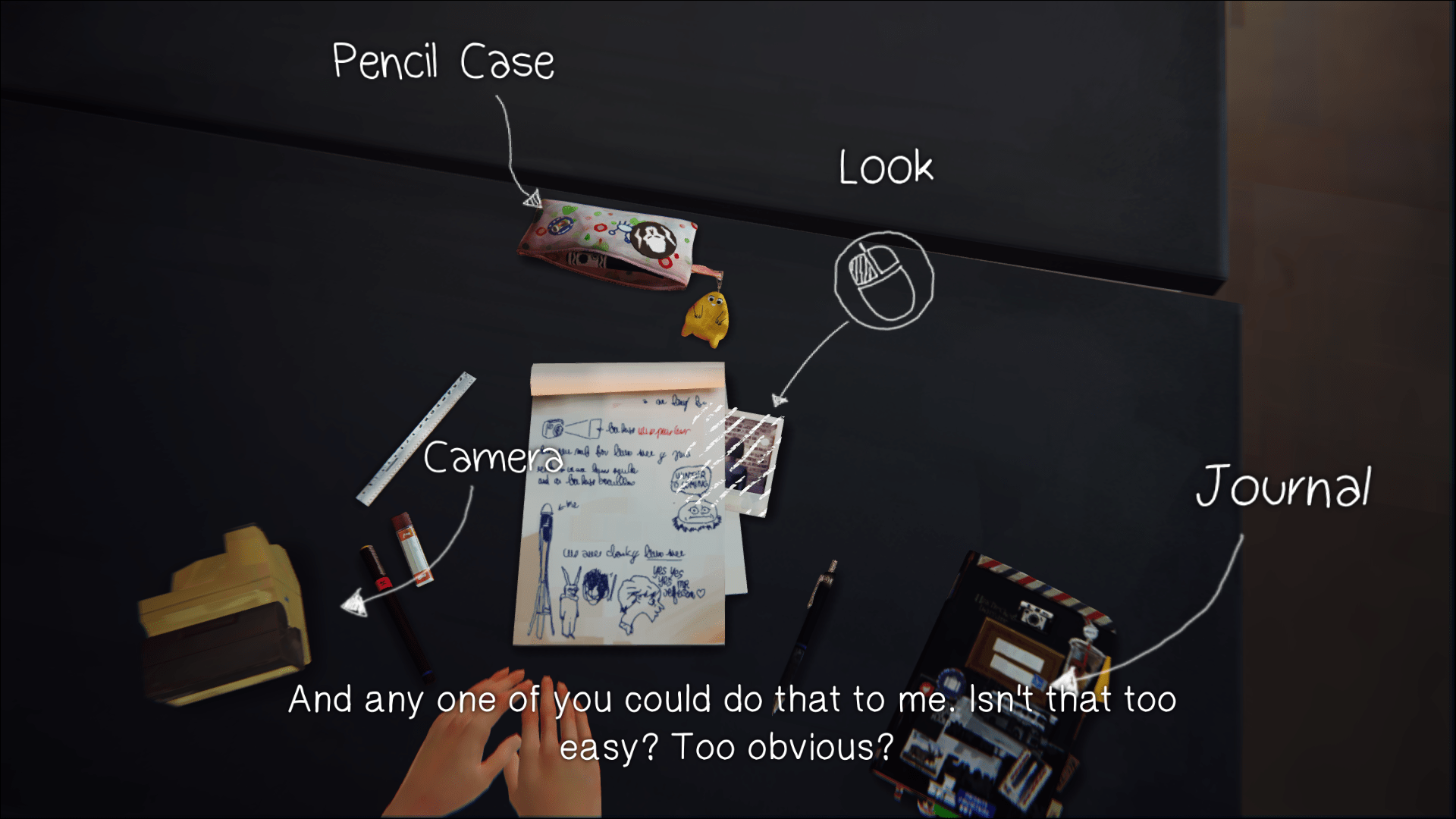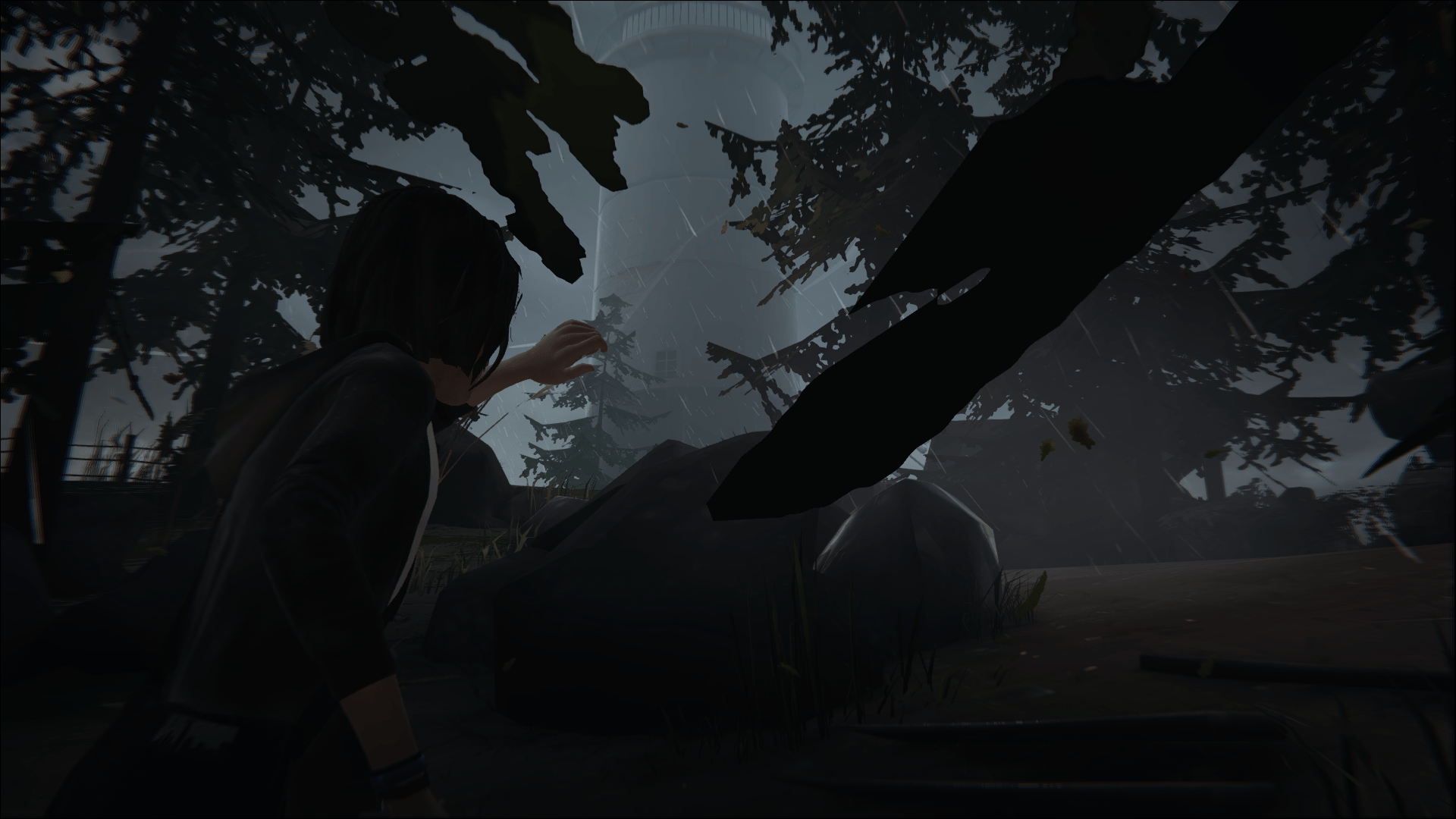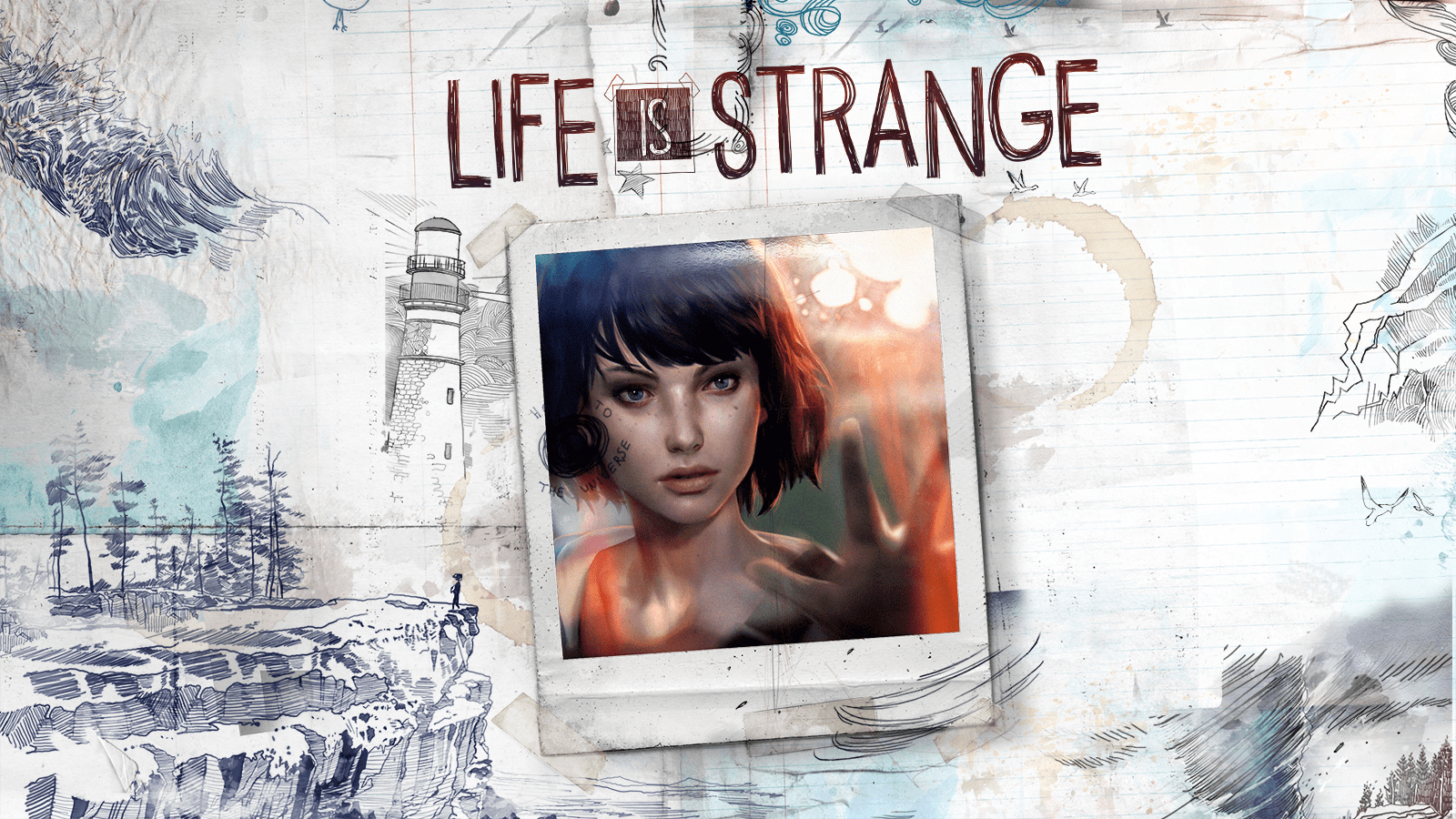Intro

For this week’s critical play, I played the first episode of Life is Strange on Steam, an episodic mystery game created by DONTNOD Entertainment. The story follows the 18 year old student photographer Max Caulfield, who discovers that she is able to rewind time when trying to save her friend Chloe Price from death. Having discovered her new ability, the two then go around solving mysteries of the town with the player controlling their choices and impacting the direction of the story. Since the game deals with heavy topics such as violence, alcohol, drugs, and death, I would say the target audience is more towards mature teens and young adults (16+).
Mechanics
There are 4 main mechanics in this game: walking, looking around, interacting with objects/characters, and reversing time. Since the architecture of the setting is designed so that crucial information about the story is hidden in the dialogue and objects, the mechanic that is most useful for advancing the narrative of the story is interacting with objects/characters. As a result, a dynamic of exploring the environment to the fullest is created as the player wants to gather as much information as possible to solve the mysteries of the game and push the narrative forward.

Another mechanic that is also very important in advancing the narrative of the game is reversing time. After going through some sequence of events, the mechanic allows players to reverse time and take different actions in that sequence, changing the direction of the narrative from how it previously played out. This creates literal narrative loops within the game, as the player makes decisions, takes actions, gets feedback about them, then uses that feedback to update their mental model, which they can then use to restart the whole cycle by replaying the scene and doing things differently.
Loops and Arcs
As mentioned, the reversing time mechanic itself creates narrative loops within the game, but there is one other important loop in the game that the mechanics help create: a loop for mastering movement. At the beginning of the game, the player is dropped into a forest near a lighthouse and is taught 2 skills through loops: looking around and walking. These 2 skills combine to form a skill chain, which helps the player navigate around their environment. The skill chain is then tested by the game prompting the player to navigate to the lighthouse.

When it comes to arcs, the whole game has an overarching narrative arc of discovering the mysteries of Arcadia Bay (the town). Since the game is episodic though, each episode is essentially a smaller narrative arc, and the combined sequence of these narrative arcs forms the overall narrative arc. It could also be argued that the many cutscenes in the game make up even smaller narrative arcs within each episode as they normally deliver crucial plot points about the story.
Types of Fun
Exploration is very important in Life is Strange; the process of walking around environments, interacting with people and objects, and discovering new pieces of information about the story lends the game to a discovery type of fun. The game also plays almost like an interactive movie, with the tension and drama present in the story creating a narrative type of fun.
Personal Thoughts
Playing Life is Strange was overall pretty fun and I found the premise of the game very interesting. There weren’t any particular moments of success or epic failures that I can recall, but one thing I would want to change about the game is the pacing. I personally felt that the pacing of the story was too slow, so I felt bored and unable to get immersed into the story at times.




